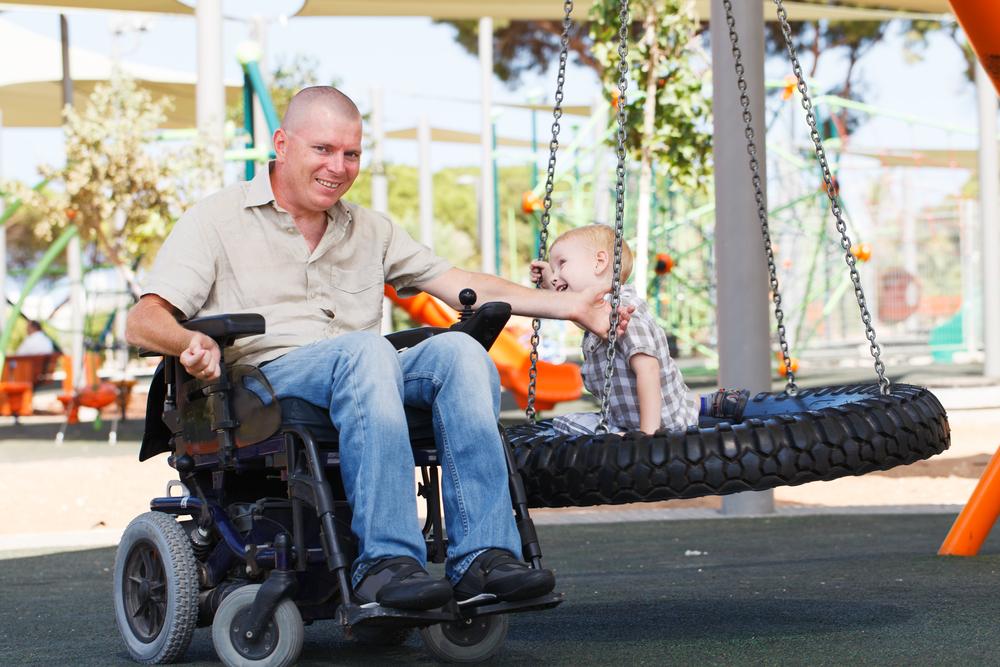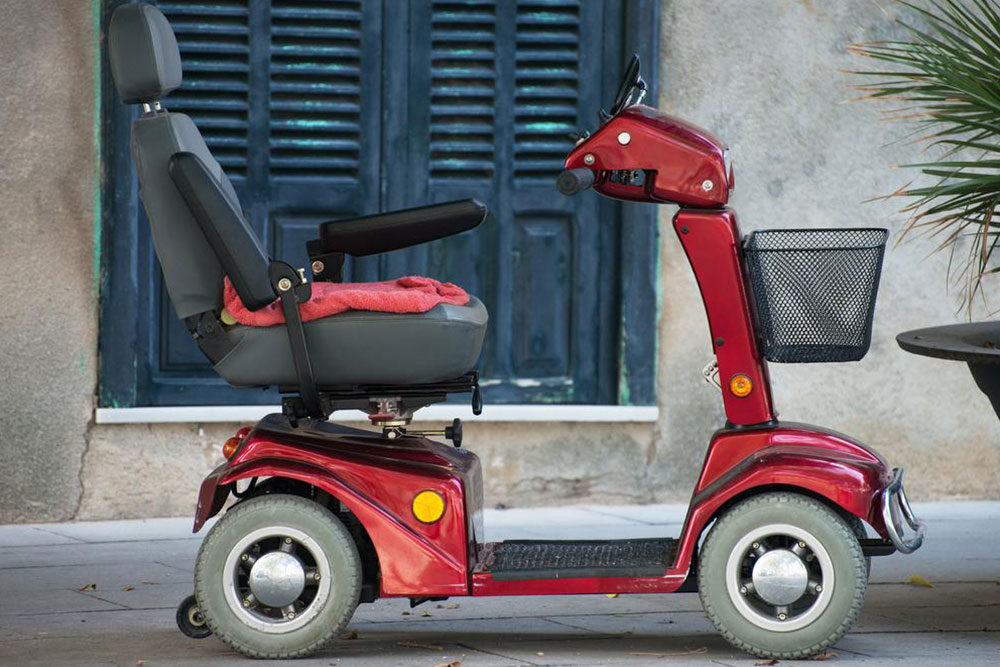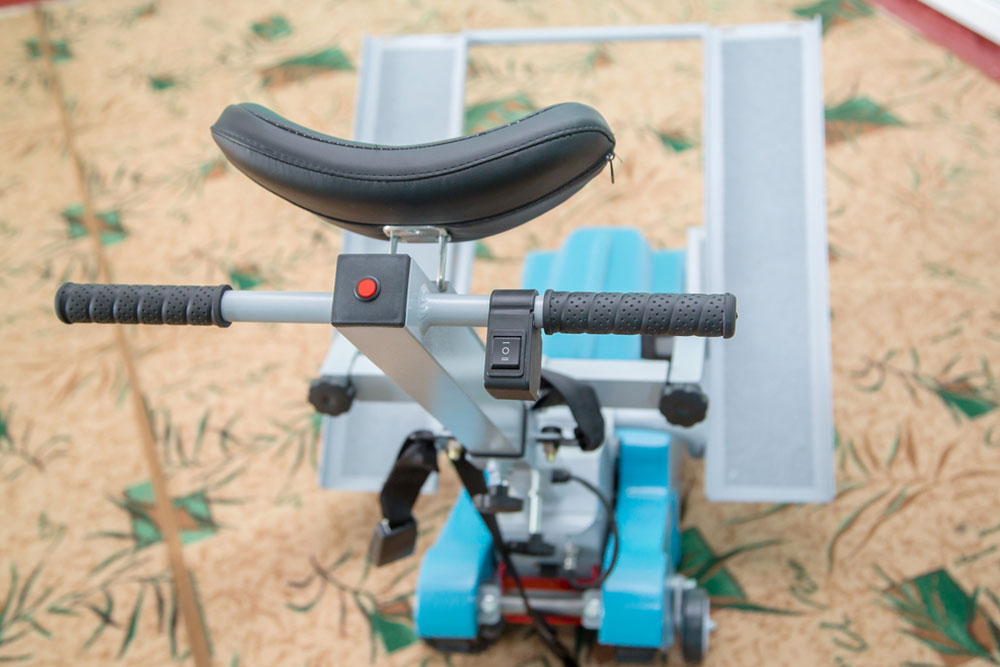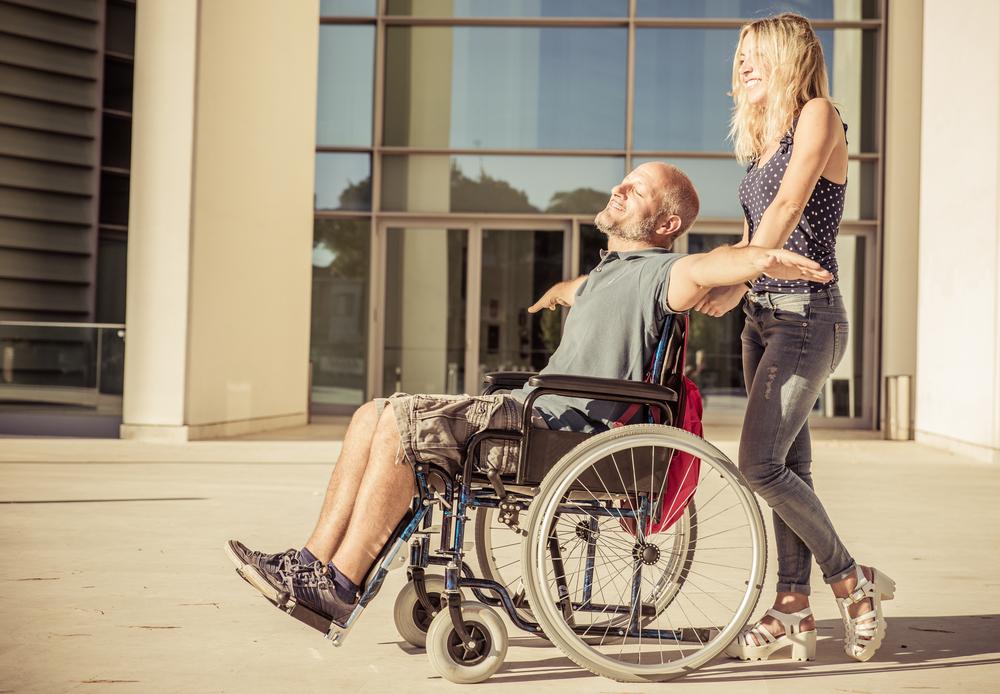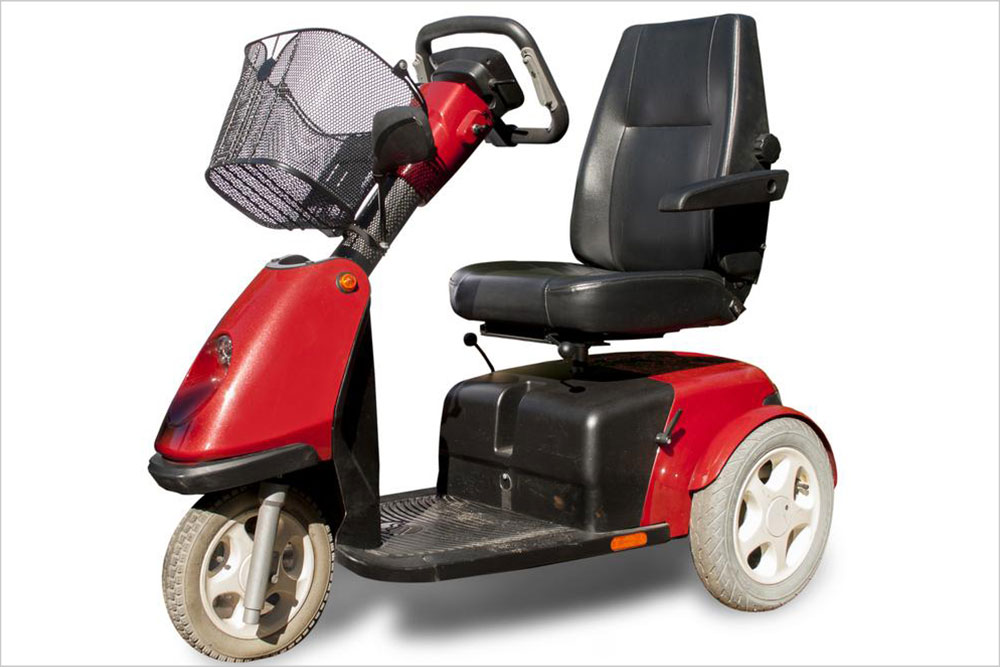A Complete Guide to Mobility Scooters and Their Usage
Explore our comprehensive guide to mobility scooters, covering types, usage, safety, and maintenance tips. Learn how these aids enhance independence for individuals with mobility challenges and find out what to consider when choosing and caring for a scooter. This article provides essential insights for users and caregivers to ensure safe and effective mobility solutions.
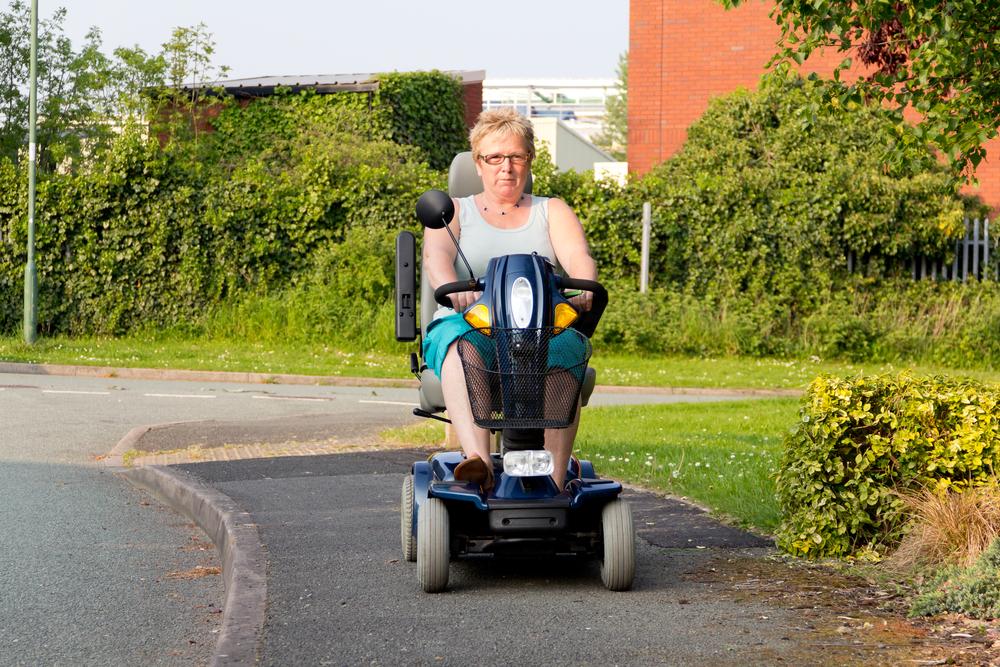
Understanding Mobility Scooters: Essential Information
Mobility scooters serve as vital mobility aids designed for individuals with disabilities or mobility challenges. Many seniors experiencing walking difficulties opt for these scooters to enhance their independence and ease daily tasks. While they improve quality of life, prolonged use might reduce physical activity levels. Recognized as assistive technology, mobility scooters enable users to perform activities that might otherwise be inaccessible.
Mobility scooters are increasingly common in public spaces and can often be rented at supermarkets, tourist spots, and shopping malls. Unlike wheelchairs, they are often regarded as vehicles, though access to buildings isn't always guaranteed. A key is usually required to operate them, ensuring safety and preventing unauthorized use. While no license is typically needed, registration may be necessary.
Types of Mobility Scooters
User-powered models without batteries or motors, driven via a central lever for combined mobility and exercise.
Compact and lightweight scooters designed for travel, easily foldable or detachable for transport.
Robust and heavy-duty models suited for rugged outdoor terrain.
Mid-sized scooters that support both indoor and outdoor use.
Visual Requirements for Operators
No specific vision standards exist for scooter operation.
Operators should be able to read a vehicle registration from at least 12.3 meters (40 feet).
Poor eyesight that contributes to accidents may lead to liability issues.
Insurance Options for Mobility Scooters
Coverage for repair, damage, or theft of the scooter.
Liability insurance to protect against injury or property damage caused by the user.
Battery Life and Maintenance
The distance traveled influences battery longevity.
Most require an eight-hour full charge after use.
Average battery lifespan ranges from 18 months to 2 years with regular use.
Servicing and Care
An annual service visit by a qualified technician is recommended.
Road-used scooters especially benefit from professional maintenance.
Follow the manufacturer’s manual for proper upkeep.
Ensure safety features like brakes are routinely checked.
Selecting the Right Mobility Scooter
Class 2 scooters are for pavement use; Class 3 models can also navigate roads.
Choosing depends on individual mobility needs and usage environments.

